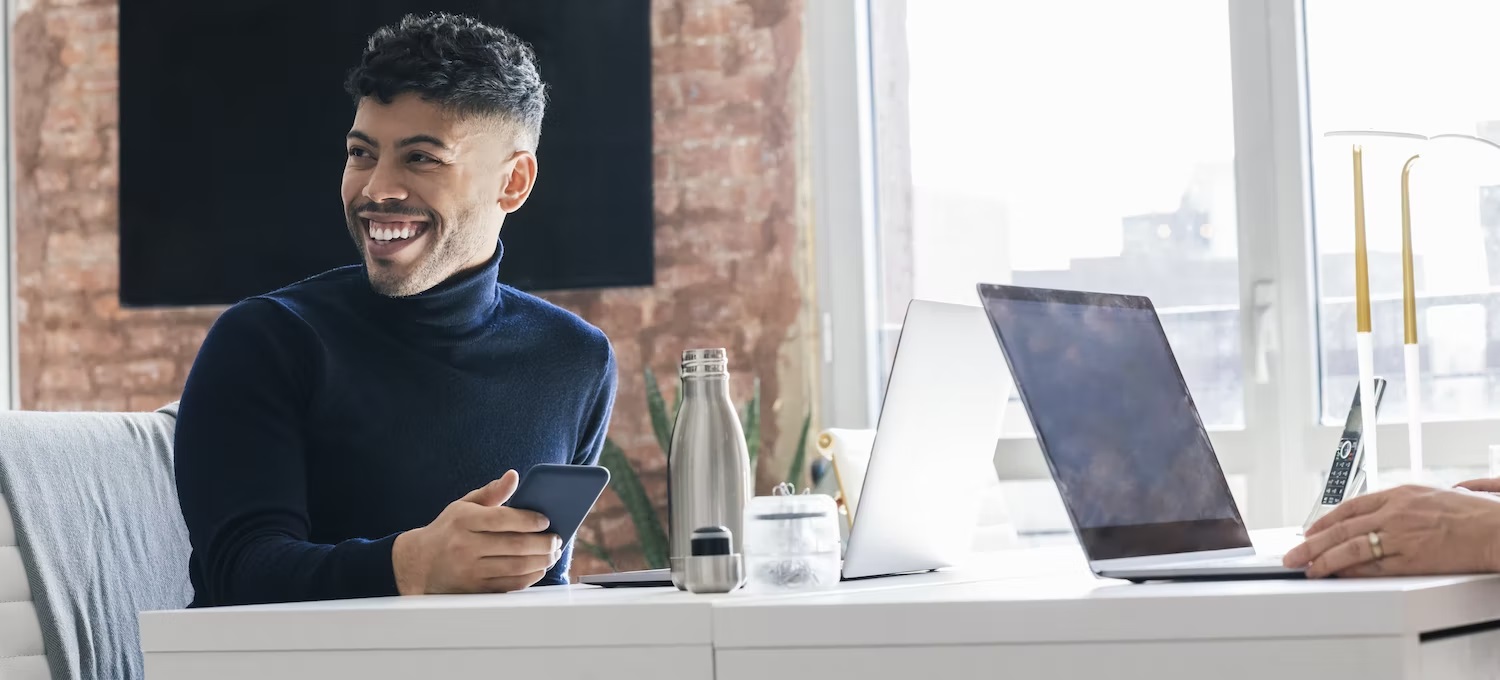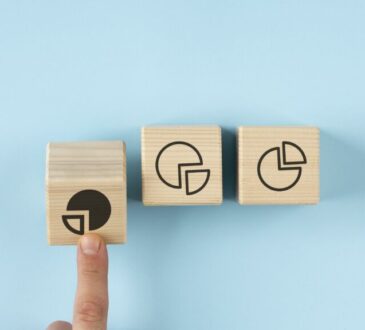
In terms of UX design trends in 2023, feature-rich, visually stunning websites will be all the rage. Consumers are increasingly turning to companies for amusement in order to escape the usual constraints of daily life, and websites are changing to accommodate this trend. To build engaging brand experiences, designers are turning to artificial intelligence, hover effects, and novel navigational techniques when it comes to web design. Here are the top upcoming UX design tips for 2023 that will improve user engagement with immersive 3D settings.
- Hover effect for product unveiling
UX design trends for 2023 place a higher priority on the experience than on speed and usability. It’s all about creating special memories through brand interactions rather than quick user journeys. A special component of this interactive puzzle is using hover effects on your product images.
Users are introduced to a product or new information about a product through an animated product reveal in the form of a hover effect. It provides more details about its capabilities and demonstrates how to use it for consumers. Many websites allow customers to alter the product, giving them the opportunity to get a better concept of how it might look in a real setting without having to physically visit a showroom or store. This can be very helpful when buying clothes and cars.
Design with intention. The performative action should result from the effect. Users can want to buy the good or service, find out more about it, or schedule a face-to-face meeting. It’s a creative method to depict the unknowable; for instance, an app listing for an apartment can include images that indicate what a closet or storage space would look like. By including this layer of interactivity, you can keep users interested and make your product stand out from the competition.
- Aesthetic Scrolling
Last year, we discussed the UX design trend of cutting-edge scrolling; this year, it has grown to even greater proportions. Consider your interactions with your favourite websites and apps. You can browse them in a variety of ways, including asymmetrically, in several directions, and even by combining scrolling with zooming and rotating actions.
Modern websites use parallax scrolling, a technique that adds depth by using multiple scroll speeds for elements on the same page. Specifically, the background scrolls at a different speed than the main content. Improved scrolling takes it one step further, adding layers of fun and stimulation with unique graphics. This gives consumers more information about your brand personality and allows them to connect on a more personal level.
- Dwell time challenges with brand experience
This UX design trend, where “dwell time” refers to the amount of time a user spends on the website, emphasises the importance of creating a distinctive, personal, and memorable brand experience over creating a website that makes it easy for consumers to find a CTA quickly. By fostering more interactions with people, brands seek to showcase their personalities. To do this, they frequently use a variety of technologies, including augmented reality and artificial intelligence.
It makes sense that we would want our time online to be more purposeful and interesting given that individuals spend an average of approximately 7 hours online each day worldwide. Since the Metaverse was first introduced, a chain reaction has taken place, and businesses are now utilising their online presence to provide immersive experiences that allow people more freedom, fulfilment, and opportunity for individual expression. Use this trend with caution: If the majority of your target audience is mobile or has a slower internet connection, think about creating a more conventional experience.
- Intelligent, interactive navigation
It has become more enjoyable to navigate them, just like we do with apps and websites. Another top UX design trend is interactive, crazy navigation, which is embellished with animations, amusing menus, hover effects, and wacky layouts.
These distinctive navigational elements enhance user engagement by creating the impression that they are on an adventure while using your website, continuing our previous trend. In order to break from our habit of clicking through the static pages of another hamburger, it combines elaborate scrolling, hover, and reveal effects on navigational menus. It enlivens your dropdown menus and interactively leads your user as naturally as possible from point A to point B.
Conclusion
Websites will be more attention-grabbing than ever in 2023. Every square millimetre of online pages is taken over by complex, overwhelming interactive experiences, a profusion of unique hover and scrolling effects, and other elements. These trends are initiating a revolution by defying the rules of user experience, and we support them.



